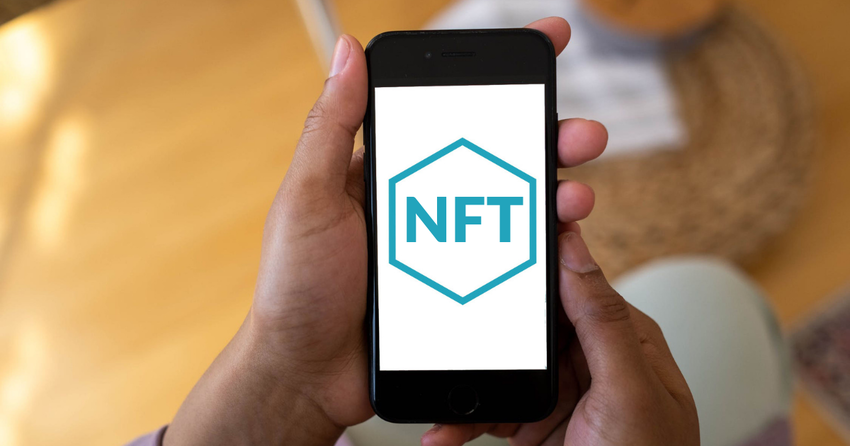What is Augmented Reality (AR)?
Types of AR Devices
There are two types of AR devices: head-mounted displays and smartphones. The best examples of head-mounted AR devices right now are the Microsoft HoloLens 2 and the Magic Leap 2. Both Microsoft’s Hololens and Magic Leap One allow you to move holograms through touch and grasp while wearing the device on your head. The device itself looks very similar to VR devices, but instead of a full headset, it’s just AR glasses. Unfortunately, it has a similar setback as a VR headset: it’s a bulky device to put on your head. Additionally, people have mixed feelings about wearing AR glasses all day.
AR on smartphones or even a tablet is much simpler as well as cheaper. Almost everyone nowadays has a cell phone, which comes with a built-in camera and access to mobile apps. The biggest successes in AR technology, regarding it being on a smartphone, are the apps, Pokémon GO and the IKEA Place app. With the game Pokémon GO, users can see Pokémon in the real world through their phones when catching them. But despite the app’s major success, most users immediately turned off the AR features for one big reason: it drains your phone’s battery life. The IKEA Place app, however, allows users to see what furniture looks like in their homes. With interior design being a big part of why customers buy furniture, it’s a smart application. With the app, they have a better idea of how the piece of furniture will look in different rooms and it’ll look good with their existing furniture.
The Future of AR
While AR technology’s gotten more popular over the past few years, there is still plenty to be done to improve it. Moving forward, the customer’s experience will evolve when engaging the senses, namely touching, hearing, and seeing will be improved. Especially when it comes to motion gesture technology, which is perhaps the most appealing aspect of AR technology right now. With the glasses, developers are working on widening the user’s view, so it’ll extend it to the rest of their peripheral vision.
While the glasses look futuristic, they’re bulky. The fact that it’s not a fully virtual reality makes customers hesitant when purchasing them. There’s also the added factor that AR glasses aren’t cheap. It’s not currently priced for customers, rather they’re for the military and medical practitioners, who use them for training and surgeries. While Pokémon GO’s use of AR technology leaves much to be desired, using AR on a mobile device has proven to be successful in other industries like retail. So, while AR glasses as a device don’t seem to be gaining any traction among customers, the smartphone application is where AR technology can grow further.
|
Pacific Software Publishing, Inc. 1404 140th Place N.E., Bellevue, WA 98007 |
| PSPINC Creates Tools For Your Business |
| Pacific Software Publishing, Inc. is headquartered in Bellevue, Washington and provides domain, web, and email hosting to more than 40,000 companies of all sizes around the world. We design and develop our own software and are committed to helping businesses of all sizes grow and thrive online. For more information you can contact us at 800-232-3989, by email at info@pspinc.com or visit us online at https://www.pspinc.com. |





























